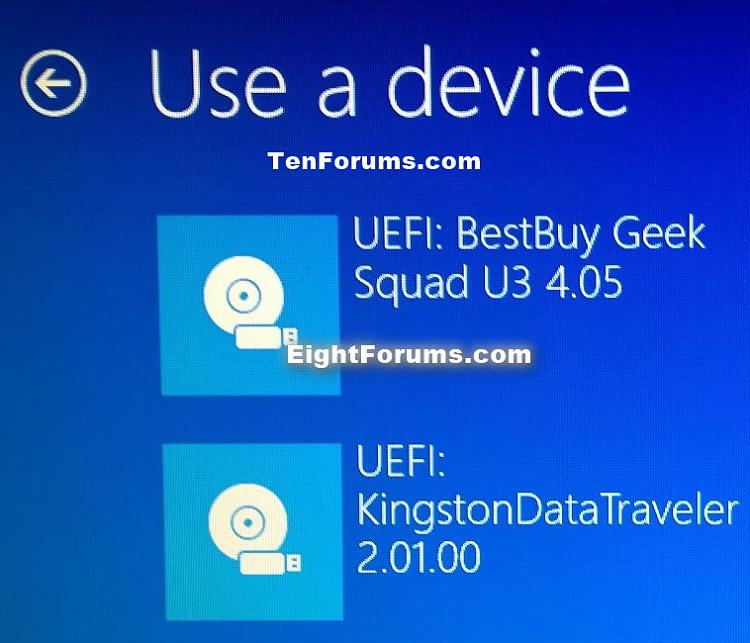

Similarly, you can use it to create a UEFI boot USB. Windows Media Creation Tool is one of the most common ways to create a bootable USB drive. How to create a UEFI boot USB? Before starting the following steps, you need to prepare a USB flash drive with 8GB space at least. Please keep reading the following part carefully. Let’s see how to create a Windows 10 UEFI boot stick. Now, you may have an overall understanding of UEFI boot mode. If your hardware doesn’t support the UEFI firmware, you need to purchase a new one that supports and includes UEFI. If not, you have to convert MBR to GPT disk first. One of the most important things is to make sure that your system disk is GPT form. In order to boot from USB in UEFI mode successfully, the hardware on your hard disk must support UEFI. UEFI has lots of advantages over BIOS, but not all computers and devices are supported. UEFI has much more setup menus and simpler graphical user interface than legacy BIOS.Under the UEFI mode, the computer supports networking function that can help remote troubleshooting and UEFI configuration.UEFI supports both 32-bit and 64-bit architectures, which helps the computer use more RAM to handle a more complicated process than BIOS.


Why do so many people want to create a UEFI boot USB? In order to create a UEFI bootable USB successfully, it is necessary to figure out the following 2 questions first.


 0 kommentar(er)
0 kommentar(er)
